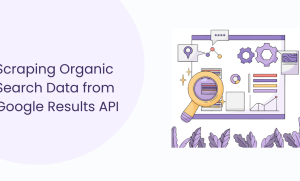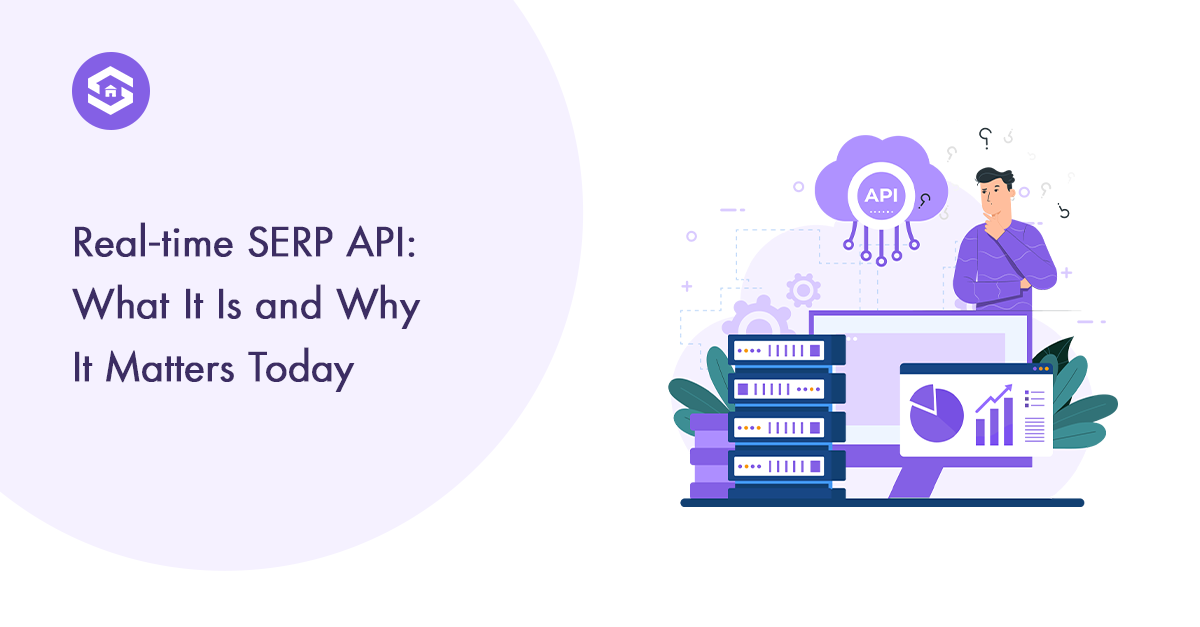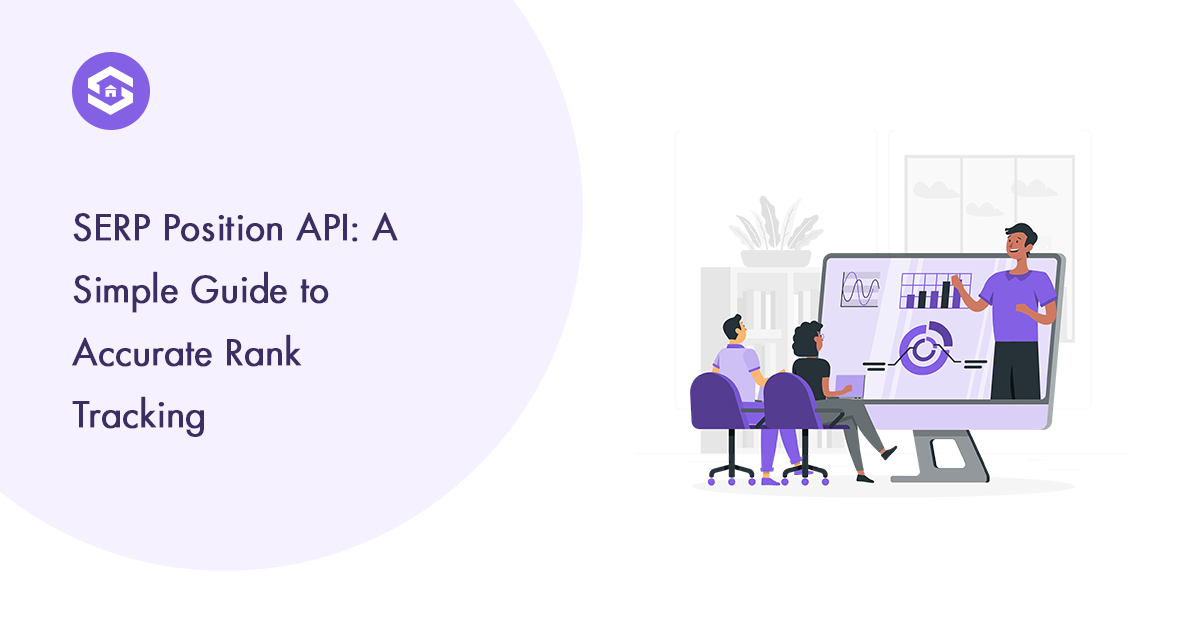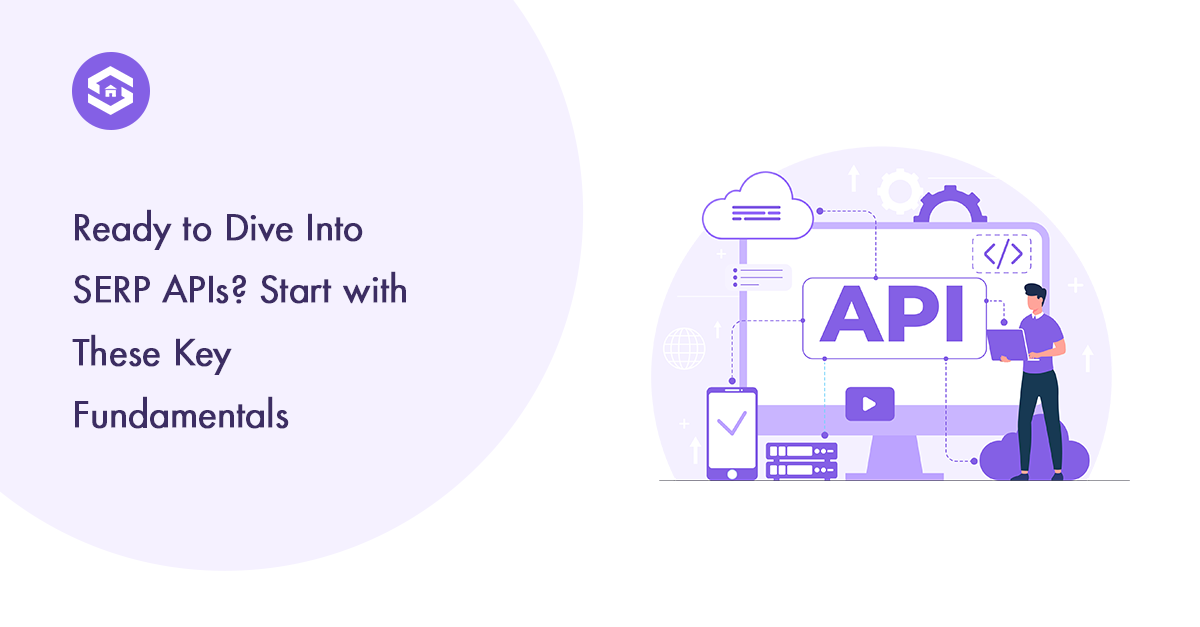Table of Contents
Table of Contents
The ability to efficiently retrieve and process search engine results is crucial in the dynamic landscape of digital marketing and online visibility.
SERPHouse provides a powerful solution with its Batch Processing feature, allowing users to handle more searches seamlessly.
In addition, the platform offers automation capabilities through Pingback and Postback features, streamlining the API experience and reducing backend workload.
Understanding Batch Processing:
Batch Processing is a crucial feature SERPHouse provides for users dealing with numerous searches.
This feature allows users to submit up to 100 keywords in a single request, enhancing efficiency and minimizing the time required for individual pursuits.
Users can significantly optimize their workflow by leveraging the Batch API, also known as Delayed SERP API.
Postback (Webhook) for Efficient Backend Operations:
Postback, commonly called a Webhook, is pivotal in optimizing backend operations during Batch Processing.
Users are required to provide a Postback URL while sending Batch Processing requests. This URL is where SERPHouse will send an HTTP POST Request with a JSON body once the backend completes the processing of keywords.
The process involves the SERPHouse server queuing and executing the submitted keywords on concurrent threads. Upon completion, a Postback request is sent to the specified URL for each keyword.
Users need to validate and store the received data safely within a specified timeout of 3 seconds. This mechanism ensures seamless integration, and users can efficiently manage large volumes of search queries.
Advantages of Postback in Batch Processing:
Reduced Backend Work:
Postback significantly reduces the burden on the user’s backend.
As the processing is handled on the SERPHouse server, users can focus on validating and storing results rather than managing the intricacies of concurrent keyword execution.
Optimized Workflow:
The concurrent execution of keywords in the SERPHouse backend ensures an optimized workflow.
This, combined with the automated Postback notifications, allows users to streamline their search engine result retrieval process.
Scalability:
With the ability to handle up to 100 keywords in a single Batch Processing request, SERPHouse provides a scalable solution for users with a large volume of search queries.
The platform’s efficient backend processing ensures that scalability does not compromise performance.
Understanding Postback Requests:
Postback requests from SERPHouse are served via HTTP POST with a JSON body. The JSON payload typically contains relevant information about the completed search, such as the search engine used, the specific keywords processed, and the corresponding search results.
Users should implement robust validation mechanisms to ensure data integrity during storage.
Users should also be mindful of the 3-second timeout window. This emphasizes the need for efficient data handling to prevent timeouts and ensure a smooth API experience.
Implementing asynchronous processing and optimized storage mechanisms becomes crucial to meet these timing requirements.
Implementing Pingback for Task Completion Alerts:
Pingback, also known as a callback, is a valuable tool to receive alerts when a scheduled search has been completed. This feature is handy in scenarios where users want to be notified as soon as their batch of keywords has been processed by the SERPHouse server.
Users need to provide a Pingback URL, and once the server completes keyword processing, it initiates Pingback requests to the specified URL. This alert signals that the search results are ready for retrieval using the GET SERP Result API.
Advantages of Pingback Notifications:
Real-Time Updates:
Pingback notifications provide real-time updates on the completion of keyword processing.
This enables users to stay informed and take prompt actions based on the availability of search results.
Task Completion Assurance:
Users receive a Pingback only when the desired task, such as processing a pile of keywords, is completed.
This assurance helps maintain the integrity of the search engine results retrieval process.
Integration with Result Retrieval:
Pingback integrates with the subsequent step of retrieving search results using the GET SERP Result API.
Once alerted, users can proceed to fetch the results without delay.
Understanding Pingback Requests:
Unlike Postback, Pingback requests from SERPHouse are served via HTTP GET. The simplicity of a GET request aligns with the purpose of a Pingback, which is to alert the user that a specific task has been completed.
Like Postback, users must be attentive to the 3-second timeout window associated with Pingback requests. Efficient handling of these requests ensures users can act on the completion alert without delays.
Best Practices for Implementing Postback and Pingback:
Secure and Validated Endpoints:
Ensure the Postback and Pingback endpoints are secure and validated.
Implement secure connections (HTTPS) and validate incoming requests to prevent unauthorized access.
Asynchronous Processing:
Implement asynchronous processing to handle Postback and Pingback requests efficiently.
Asynchronous mechanisms prevent bottlenecks and enable smoother handling of concurrent requests.
Error Handling:
Develop robust mechanisms to manage scenarios where Postback or Pingback requests may fail.
This includes addressing network errors, endpoint unavailability, or unexpected responses.
Optimized Storage:
Design storage mechanisms that are optimized for speed and reliability.
Efficient storage practices contribute to meeting the 3-second timeout requirements for both Postback and Pingback requests.
Scalability Considerations:
Plan for scalability as your search volume grows.
Evaluate the performance of your system under varying workloads to ensure that the integration with SERPHouse remains effective and responsive.
Conclusion:
SERPHouse’s Batch Processing, Postback, and Pingback feature collectively offer a robust solution for users seeking efficient and scalable search engine result retrieval.
Users can handle more searches by leveraging Batch Processing, while Postback and Pingback automation streamlines the entire process.
Implementing these features requires attention to detail, from providing the necessary URLs to handling requests within the specified timeout windows.
However, the advantages, including reduced backend workload, real-time task completion alerts, and seamless integration with result retrieval, make the effort worthwhile.
As the digital landscape continues to evolve, tools like SERPHouse are vital in empowering businesses and marketers to stay competitive by staying ahead in online visibility and search engine optimization.














